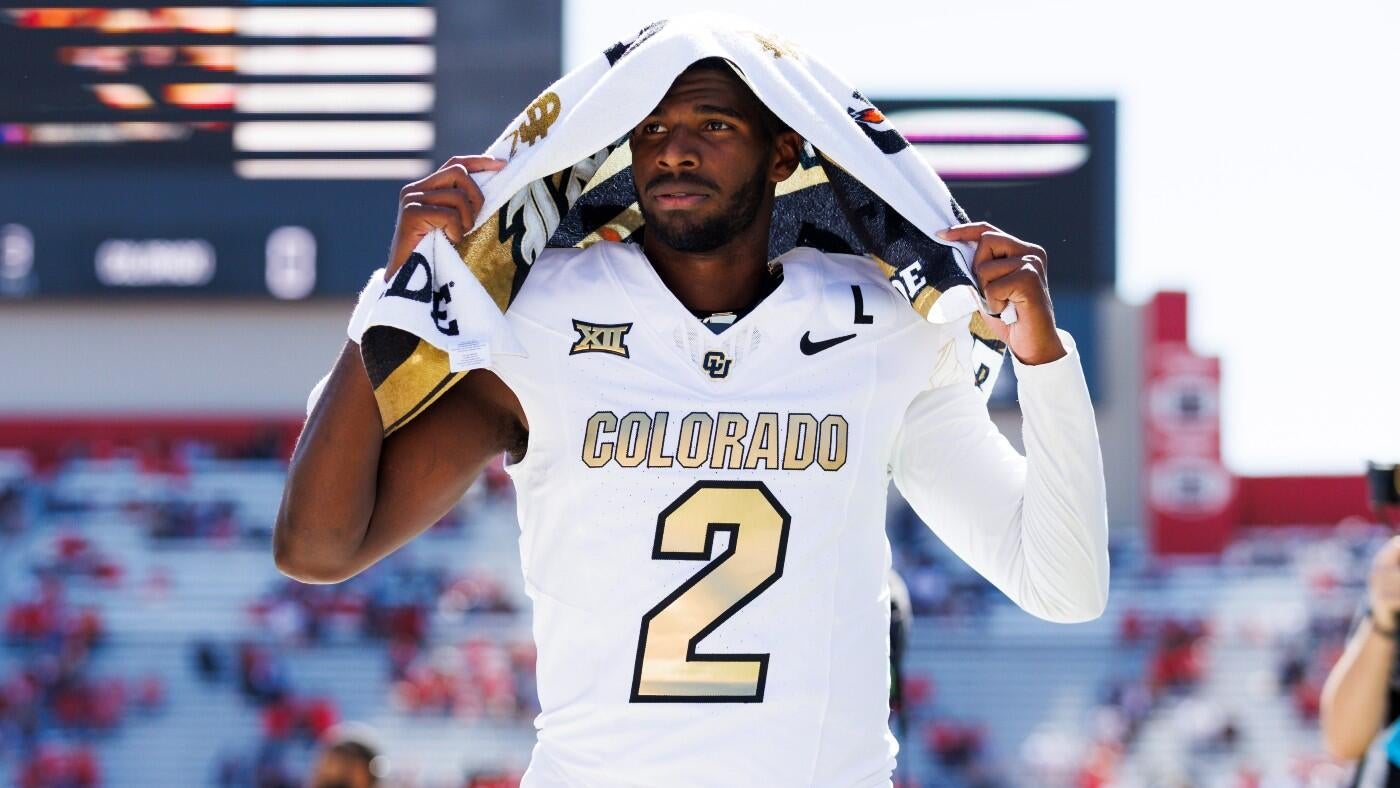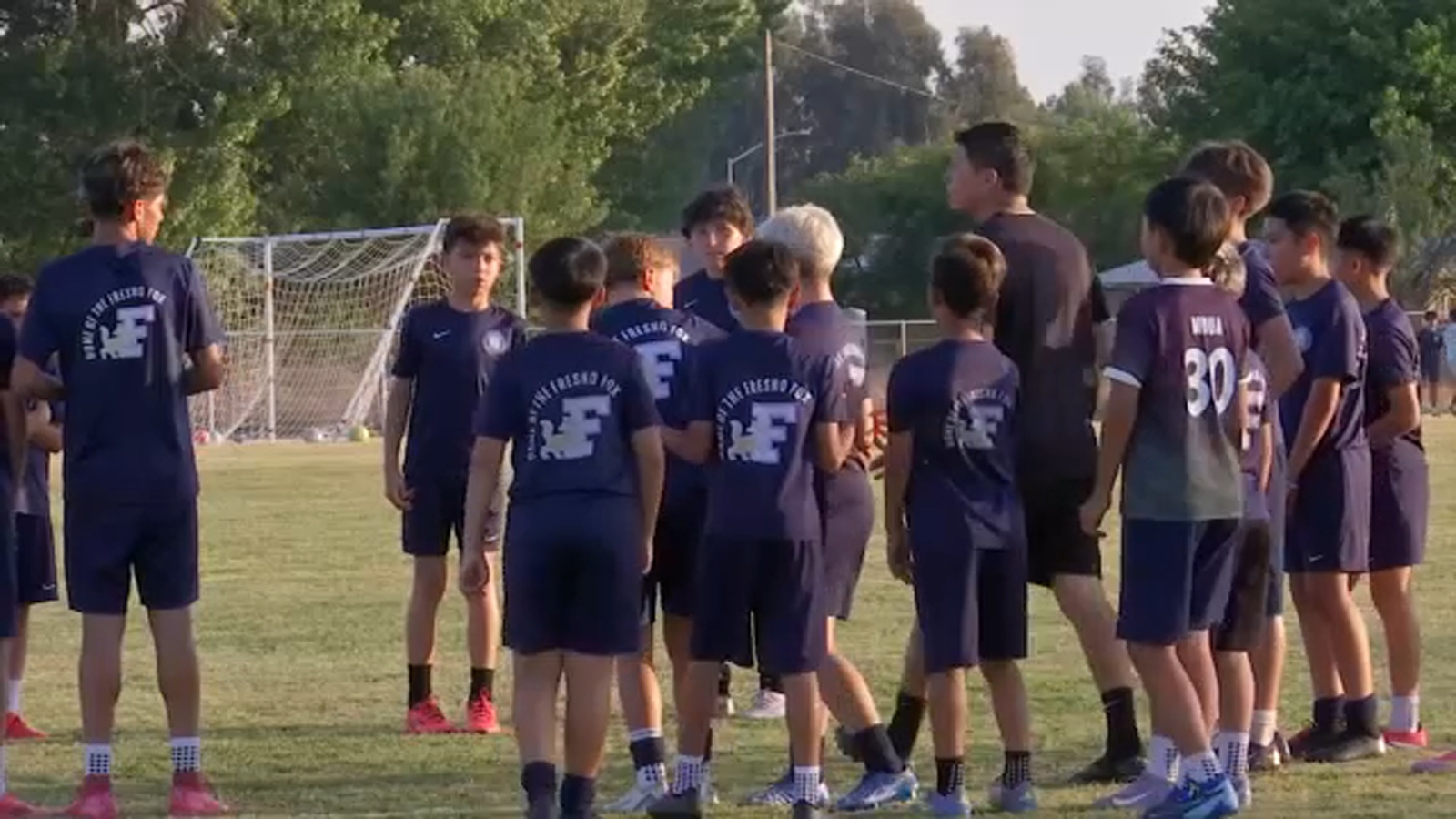It happened -- Shedeur Sanders completely fell out the first round of the 2025 NFL Draft . During the pre-draft process, I couldn't remember a more enigmatic, polarizing, mostly perceived-to-be top quarterback prospect than Colorado's Shedeur Sanders . Some draft analysts liked him.
Most firmly believed he belonged later in the first round of the draft. After a stellar albeit non-dominant two-year stint at Colorado, we hardly saw Sanders after the season. No participation at the East-West Shrine Bowl.

No workout at the NFL Scouting Combine. Just one mandatory press conference in Indianapolis. That's it.
Entering draft night, there were four clubs with distinct quarterback vacancies: the Titans , Browns, Giants and Steelers . Others with conceivably impending quarterback vacancies -- especially long-term -- included the Jets and Saints , and there's typically at least one team that secretly has plans to upgrade the position earlier than everyone expects. The Titans, as expected, used the No.
1 pick on Miami quarterback Cam Ward. The Giants, meanwhile, took edge rusher Abdul Carter third overall before trading back into Round 1 for Ole Miss signal-caller Jaxson Dart . As for the other teams, they went in different directions, too; the Browns traded back and got defensive lineman Mason Graham at No.
5, the Jets and Saints both took top-10 offensive tackles in Armand Membou and Kelvin Banks Jr., respectively, and the Steelers focused on the other side of the ball by taking Derrick Harmon. After 32 picks, Sanders was left without a team.
If we look at the history of the drafting quarterbacks, it's been a position that is selected earlier than any other on the field, even if a prospect is clearly flawed. In nine of the last 10 years, the average draft position for the first three quarterbacks is pick No. 12.
That suggests Sanders' fall is actually quite shocking. Heck, even the Steelers, at pick No. 21, who felt like a Sanders backstop, passed on him.
That's a red flag. But purely from an evaluation standpoint, this isn't as shocking as the historical trends suggest. Before the draft, I wrote a piece that theoretically inserted Ward and Sanders into last year's class that featured six first-round quarterbacks and ranked Sanders last, at No.
8. In my estimation, he was a very good, not great prospect on the field, somewhere in the Teddy Bridgewater to Geno Smith range. Bridgewater was the last pick in the first round in 2014.
Smith went in Round 2. And the maturity or off-field concerns were another thing. For a member of a media, it's a totally uncertain variable in what is already a complicated, multi-layered evaluation process.
I find it most sensible to stick to what I'm genuinely capable of: analyzing film, measurables and metrics. Now, I don't actually "grade" for size at the quarterback position, because I believe that past ideologies centered around a quarterback being "too short" for the position are actually concerns about a lack of arm strength, because while not absolute, typically the shorter the quarterback, the weaker the arm. And it's precisely why short quarterbacks -- with sizable arms -- like Baker Mayfield , Russell Wilson , and Kyler Murray , have been successful despite their lacking stature.
Anyway, Sanders measured in at 6-foot-1 and 212 pounds at the combine. And while I don't boost or disqualify a quarterback based on size alone, I can't help but feel better about those who have big, thick frames. The more frail quarterbacks -- just like any other position -- at least seem more prone to injuries.
Because of that, Sanders didn't pass purely qualitative "size" test. However, I've realized having extra meat on your ribs doesn't guarantee anything on the injury front. The one element at quarterback that does appear to help reduce injury risk: the ability to elude defenders.
Logical enough, right? And, beyond the health factor, it's quite useful to keep drives alive. And to me, Sanders looked somewhat slow-footed on film. He's not Drew Bledsoe in the pocket.
But by today's NFL standards, he doesn't possess the short-area suddenness and pure speed to run away from highly talented defensive tackles, edge rushers and linebackers on a regular basis. The numbers bear this out. Sanders' pressure-to-sack rate was 20.
1% a season ago after posting a concerningly high 25.1% in 2023. His average time to throw (TTT) of exactly three seconds was tied for the 26th-highest out of 156 qualifiers.
If you're an elite athlete and improvisational master, you can throw TTT out the window. Sanders isn't either of those things. And, yes, Jayden Daniels ' pressure-to-sack rate was 20.
2% in his final, Heisman-winning year at LSU, but even Deion would admit Sanders is not close athletically to Daniels. That inability to routinely navigate away from pressure was likely another "strike" against Sanders as a genuinely top-flight quarterback prospect in my estimation. "Accurate" would be at the top, in bold letters, of Sanders' draft resume.
His adjusted completion percentage of 81.8% ranked third in the FBS in 2024 among quarterbacks with at least 200 attempts. The caveat? His average depth of target (aDOT) of 8.
1 yards ranked 129th out of 156 qualifiers. While that's a clear strength of his on film, it's not C.J.
Stroud or Joe Burrow caliber. And while there's no way for me to quantify Sanders' arm strength, I've deemed it only slightly above average. Therefore, in hindsight, we should've have expected Sanders to be selected later than most hyped quarterback prospects.
Therefore, a slip to the second shouldn't represent a precipitous fall. I'm just surprised one team who picked among the first 32 selections didn't fall in love with the allure of Sanders and the attention he'll indisputably bring to the city and franchise..
Sports

Did Shedeur Sanders get drafted? Colorado QB shocks some by falling out of first round of NFL Draft 2025

The polarizing signal-caller did not hear his name called Thursday night















